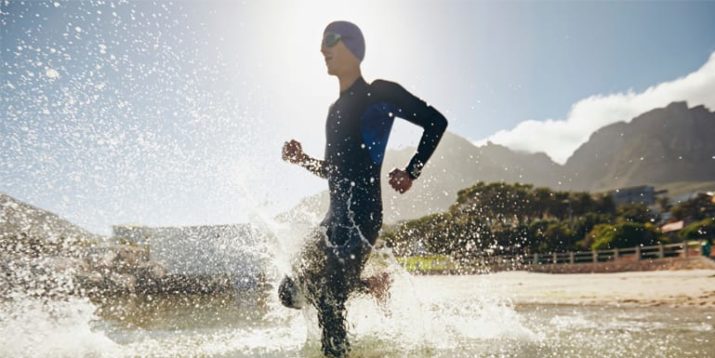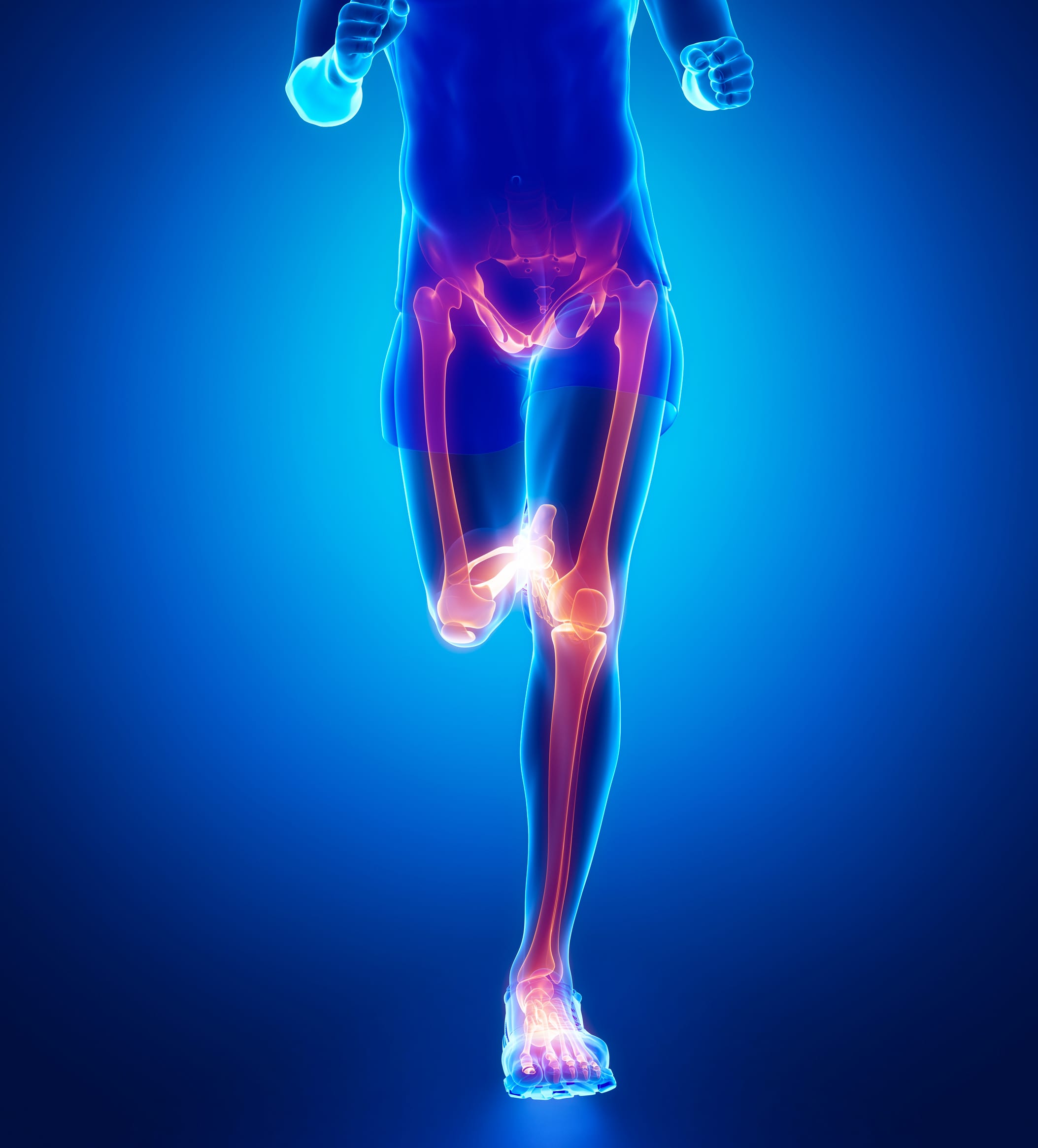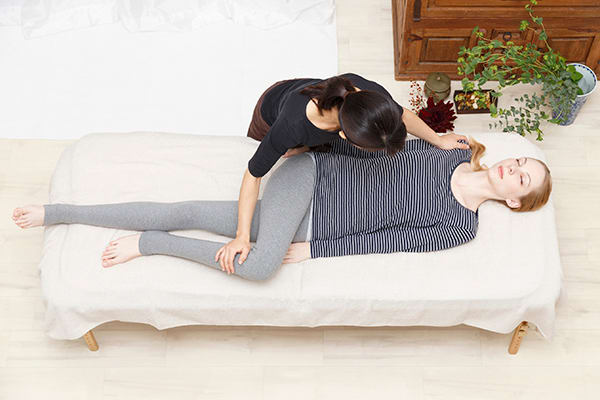Healing Hip Pain With Exercise and Lifestyle Tips

“This is the most active that people have ever been in the history of the earth,” says Jay Lieberman, M.D., professor and chair of the Department of Orthopaedic Surgeons at Keck School of Medicine at USC in Los Angeles. “So we’re seeing increases in hip injuries, knee pain, really every part of the musculoskeletal system.”
Why Does My Hip Hurt So Much After Exercise?
To understand the origins of the big ouch, you have to understand the mechanics of the hip. “It’s a ball and socket joint,” explains Lieberman. The vast majority of people who develop OA have a structural abnormality in the hip joint.
“In layman’s terms, this means the ball and the socket just don’t fit perfectly,” says Lieberman, who also currently serves as president of the American Association of Hip and Knee Surgeons. Around the hip socket is a ring of cartilage called the labrum, which acts like a gasket. The labrum is your friend.
“It not only helps to hold the femoral head, which is the ball part, into the hip joint socket — it also keeps the fluids that nourish the cartilage inside the joints,” he explains. For people with osteoarthritis, over time the hipbone starts to bang against the labrum ring and eventually you tear it.
Repetitive motions (like elliptical training or pedaling a bike) in some sports may irritate it. This is what happens to countless athletes and active Baby Boomers, such as Yankee star, Alex Rodriquez, who require a hip (or total joint) replacement at some point.

When to See a Doctor for Chronic Hip Pain
Patients usually complain of pain in the groin or buttocks that usually gets worse with activity,” he says. “If you have a labrum tear, you may also notice a catching [or a shifting or tugging] sensation in your hip and some stiffness after activity.”
Normal everyday motions that you never thought twice about become a struggle. “As the disease progresses, you’ll have trouble putting on your shoes and socks, getting in and out of the car, and also feel increased pain walking,” Lieberman says.
If the hip pain lasts longer than 4–6 weeks, it’s time to seek medical attention. He may be a little biased, but Lieberman recommends seeing an orthopedic surgeon, who will do a careful physical exam and X-ray. “At the beginning of the disease the X-ray findings are subtle,” he says, “and somebody who’s not trained to look at it could say, ‘That looks pretty normal to me.’ But there are certain things that you have to look for in the X-ray, or you may have to get an MRI.”
How to Support Hip Health and Minimize Hip Pain
Avoid pounding, jumping, running
Depending on what your doctor discovers, he or she may first recommend anti-inflammatory pills and modifying your routines so there’s less stress on the hip. If you regularly jog or play football, basketball, soccer, ice hockey, tennis, or baseball, Lieberman suggests “picking a different activity so you can get your cardio without continually irritating the hip joint.”
Channel your inner Michael Phelps
Lieberman’s go-to exercise recommendation is swimming. “It’s rare for me to hear from a patient that swimming irritated her hip, and the reason for that is if one stroke bothers you, you can try a different stroke,” he says. Other hip-friendly activities can include hiking, walking and using the elliptical machine. He doesn’t recommend running on concrete or a treadmill either.
Go easy on yoga and Pilates
Don’t start any new exercise after your hip pain kicks in, of course. But if you are already an experienced yogi or Pilates veteran, Lieberman says it’s fine to continue your practice with modifications so you don’t tempt the pain. “Choose poses and exercises that don’t irritate the hip.”
Ice, ice it, baby
“There’s not enough ice used in the world,” laments Lieberman. “Professional athletes are completely iced up after they play. They may be in total body ice, or have their arm, elbow, or knee iced.” The Arthritis Foundation encourages giving your joints an ice bath after any vigorous activity. For the most effective results, put an ice pack on your groin and butt. (Seriously.)

Get physical, therapy, that is
If you can swing it, find a trained physical therapist to give you a workout routine specifically designed to stretch and strengthen the muscles around the hip. “It’s better to have formal physical therapy to make sure you’re doing the exercises right,” Lieberman says, even if you only go once. Physical therapists will focus on stretching your tight outer hips and glutes.
Buy a massage
Especially for osteoarthritis sufferers, “Muscles around the hip can get irritated because the mechanics of the hip are off,” says Lieberman. “Some people say (any kind of) massage helps them feel more comfortable, and it helps with their pain, so I’m certainly not against it.”
Neither is my hip.
